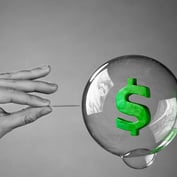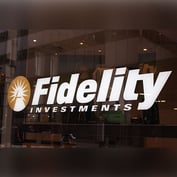(Editor’s note: This story originally appeared on ThinkAdvisor sister publication GlobeSt.com.)
The percentage of home flippers buying with cash and buying distressed homes is greater now than it was 10 years ago, RealtyTrac’s VP Daren Blomquist tells GlobeSt.com. As GlobeSt. recently reported, the firm has released a report showing that 6.6% of all single family home and condo sales in the first quarter of 2016 were flips, a 20% increase from the previous quarter and up 3% from a year ago to the highest rate of home flips since the first quarter of 2014. GlobeSt. spoke with Blomquist exclusively about the increase in all-cash-buying and distressed-home flippers today versus 2006.
GlobeSt.com: How does today’s home flippers’ mentality differ from that of pre-recession?
Blomquist: Two big differences. First is that a much higher percentage are buying with cash the homes they eventually flip: 71.1% for homes flipped in Q1 2016 versus 36.6% in Q1 2006 prior to the recession and at the peak of flipping activity. This is a good sign for the health of the housing market because flippers using their own cash (or the cash of friends and family) are much more likely to behave more rationally and conservatively than flippers using a loan that they can walk away from without any risk of losing a place to live.
Second difference is that a much higher percentage are buying distressed homes now compared to 10 years ago: 21.1% of homes flipped in Q1 2016 were purchased by the flipper as a bank-owned (REO) home compared to only 8.6% for homes flipped in Q1 2006. This is also a healthy sign since it indicates flippers are taking on the properties that are most likely in poor condition and that other buyers are less likely to be interested in and then adding value to those home through rehab. During the pre-recession flipping boom, many flippers were just buying regular, non-distressed properties at full market value and then just riding the coattails of home-price appreciation to get their profit rather than adding any real value to the home.
GlobeSt.com: What factors are leading home-flipping purchases to be mostly cash vs. pre-recession home-flipping purchases, which were more highly leveraged?








 June 08, 2016 at 02:26 PM
June 08, 2016 at 02:26 PM










